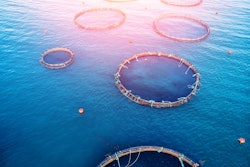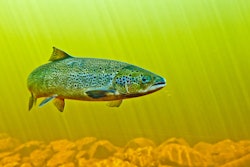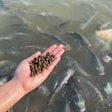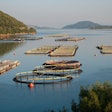The U.S. has released an update to its National Aquaculture Development Plan – the first since 1983 – which aims to strengthen U.S. commitment to food security, climate resilience, and the protection of threatened and endangered marine and freshwater species.
The National Science and Technology Council's Subcommittee on Aquaculture finalized the draft Overview of the National Aquaculture Development Plan, which was released this year for public comment. It includes three strategic plans.
Two of them, the Strategic Plan to Enhance Regulatory Efficiency in Aquaculture and the National Strategic Plan for Aquaculture Research, were completed and published in 2022. The third plan, the draft Strategic Plan for Aquaculture Economic Development, is now final.
Together, these four documents comprise an updated National Aquaculture Development Plan that provides a holistic framework describing how federal agencies are advancing the contributions of aquaculture to support public health and nutrition, resilient communities, a strong economy, and a healthy planet.
The Subcommittee on Aquaculture serves as the federal interagency coordinating group to increase the overall effectiveness and productivity of federal aquaculture research, regulation, technology transfer and assistance programs. The Subcommittee on Aquaculture’s Economic Development task force includes partner agencies from the U.S. Fish and Wildlife Service (FWS), the U.S. Department of Agriculture, Department of Commerce, Food and Drug Administration (FDA) and Environmental Protection Agency.
Aquaculture plays an important role in fisheries restoration, according to FWS. The National Fish Hatchery System raises millions of fish and aquatic wildlife to improve sustainable recreational fishing, support fisheries that have been affected by a federal dam, recover federally listed threatened or endangered species, fulfill tribal trust responsibilities, and prevent at-risk species from becoming endangered. The hatchery system is supported by a network of health and technology centers, as well as the Aquatic Animal Drug Approval Partnership is a fish medicine research and development program dedicated to obtaining FDA approval of new medications needed for use in fish culture and fisheries management.
Aquaculture is also becoming an increasingly important means of food production. Seafood farming, if done responsibly – as it is in the United States – is one of the most environmentally sustainable ways to produce healthy food, FWS said in a press release.










